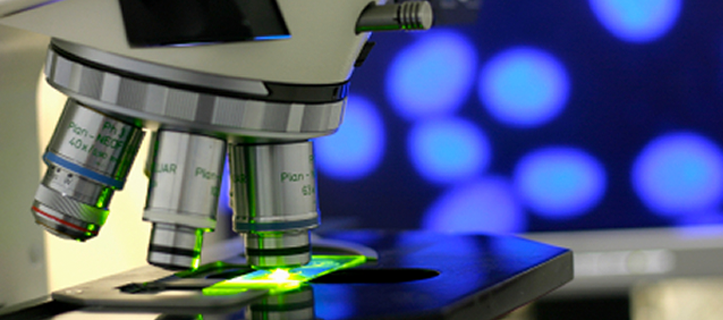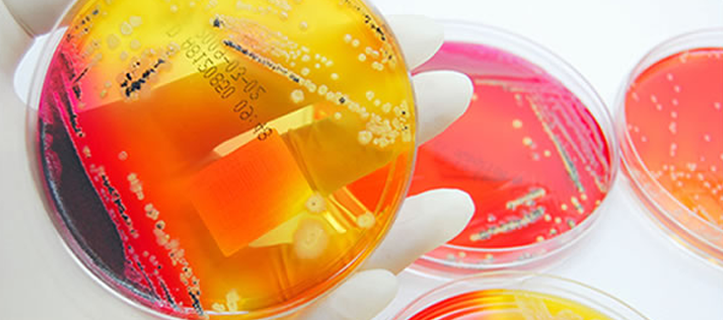autoimmune

inflammation

fibrosis

Autoimmune Disorders
Insulin dependent Diabetes (Type-1) model
- Non-Obese Diabetic (NOD Mice)
Multiple sclerosis
- Experimental Autoimmune Encephelomyelitis (EAE): a Multiple sclerosis
- MOG (myelin-oligodendrocyte-glycoprotein) Induced
- PLP (proteolipid protein) Induced
Rheumatoid Arthritis Models
Adoptive transfer model
- Passive Transfer of Sensitized Lymphoid Cells
Lupus models
Lupus is a complex heterogeneous disease characterised by autoantibody production and immune complex deposition followed by damage to target tissues. Animal models of human diseases are an invaluable tool for defining pathogenic mechanisms and testing of novel therapeutic agents. The spontaneous models of lupus provided important insight into the complex genetics of lupus. A number of strains of mice develop a lupus-like disease following pristane injection. B6 mice, when injected with pristane, develop low-grade autoimmunity, but also develop pulmonary vasculitis and pulmonary haemorrhage, yielding a valuable animal model for studying this rare, but devastating complication of lupus.
A more recently developed mouse model for lupus used resiquimod cream administered to the ears of specific strains of mice.71 72 This cream, containing a TLR7 ligand, is in human use in management of pre-cancerous skin lesions. When repeatedly rubbed onto the ears of BALB/c mice and limited other strains, a lupus-like disease develops in 2–4 weeks with autoantibody production, splenomegaly and immune complex glomerulonephritis. The mice exhibit, as expected, heightened levels of type I IFN activity.
Inflammation
Allotransplantation
Local Inflammation models
- Airpouch
- Lipopolysaccharide (LPS)
- Contact Hypersensitivity & Delayed-Type Hypersensitivity
- Carrageenan
- Carrageenan Injection Hind Paw
- Passive Cutaneous Analphylaxis (PCA)
- Airpouch
- Lipopolysaccharide (LPS)
- Carrageenan
- Contact Hypersensitivity & Delayed-Type Hypersensitivity
- Carrageenan Injection Hind Paw
- Passive Cutaneous Analphylaxis (PCA)
Dermal Inflammation
- Dermal Scar Model
- Skin Inflammation
- Dermal 2,4-Dinitro-1-Fluorobenzene (DNFB)
- Intradermal Methylated-BSA
Hepatitis
- Non-Lethal LPS/D-GalN Induced Hepatitis (Acute Model)
Inflammatory Bowel Disease (IBD)
- Dextran Sodium Sulfate in Drinking Water (DSS)
- Colonic Instillation of Trinitrobenzene Sulfonic Acid (TNBD)
- IL-10 knockout model
Peritonitis
- Thioglycollate, Mineral Oil, or Pristane-Induced
- Pulmonary Inflammation (Lung Injury)
- Lipopolysaccharide (LPS)
- Ovalbumin (OVA)
- Renal Acute Inflammation
- High-Protein Diet (rats)
- Unilateral Ureter Obstruction (UUO)
- Thioglycollate, Mineral Oil, or Pristane-Induced
- Pulmonary Inflammation (Lung Injury)
- Lipopolysaccharide (LPS)
- Ovalbumin (OVA)
- Renal Acute Inflammation
- Unilateral Ureter Obstruction (UUO)
- High-Protein Diet (rats)
Sepsis
- Intraperitoneal Lipopolysaccharide (LPS)
- Intraperitoneal Staphlococcal Enterotoxin-B (SEB)
Fibrosis
- Bleomycin-induced lung fibrosis model of IPF
- CCl4-induced liver fibrosis model
- Cisplatin induced kidney fibrosis
- MCD diet induced fibrosis
- Bleomycin-induced skin fibrosis
- Bleomycin-induced lung fibrosis model of IPF
- CCl4-induced liver fibrosis model
- Cisplatin induced kidney fibrosis
- MCD diet induced fibrosis
- Bleomycin-induced skin fibrosis
